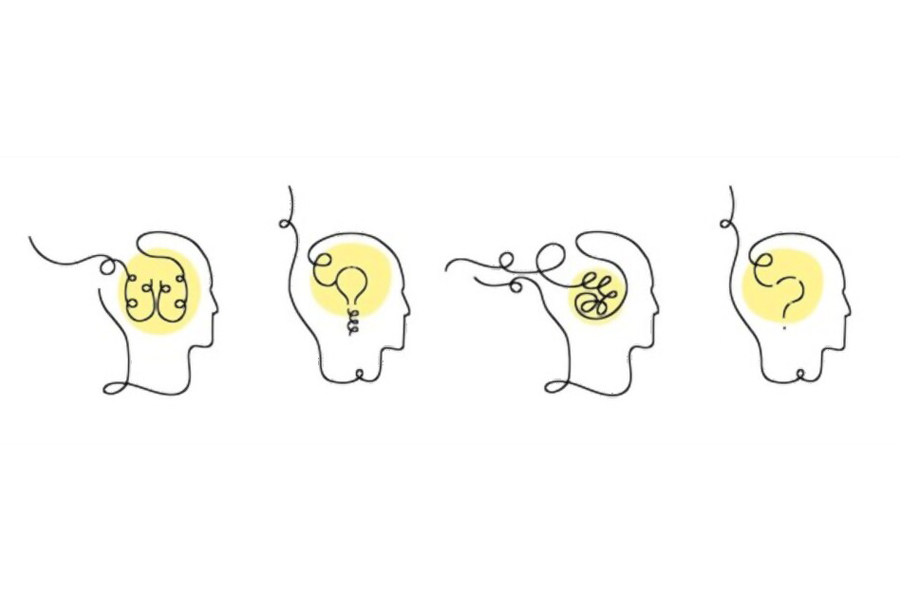Updated on March 13, 2023

According to the 2020 National Diabetes Statistics Report, 34.2 million Americans, that is 1 in every 10 people, have diabetes. Around 60 to 70% of diabetics suffer from some form of neuropathy. The most common being peripheral neuropathy which is known to affect the limbs.
To date, there are still many who are either unaware, or have yet to be diagnosed with diabetes. People oblivious of their condition might find the pain and unusual sensations they experience perplexing.
What is Diabetic Peripheral Neuropathy?
Also known as Diabetic Nerve Pain, DPN is a common and painful complication of diabetes, and is known to affect people with type I and type II diabetes. It occurs due to prolonged spells of high and low blood sugar levels which ultimately damages the nerves in your hands, arms, feet, toes, and legs. For many, diabetic neuropathy usually emerges in the feet and legs first and may affect the arms and hands later. Although, there is no specific order.
If you experience burning, tingling, or sharp pains doing the simplest of tasks, you might just have diabetic nerve pain.
What causes Diabetic Nerve Pain?
Many doctors and researchers have not been able to pinpoint a specific cause, however, there are multiple factors that does contribute to peripheral neuropathy in a diabetic person, a few of which include the following:
High blood glucose (sugar) levels
These are known to impede the transmission of signals in the nerves and can damage the blood vessels that supply nutrients to these nerves.
High cholesterol and triglyceride levels
They are most commonly found in people with obesity and diabetes. Along with high glucose levels, high cholesterol and triglyceride levels can further increase the risk of neuropathy.
Genetic Factors
Many genetic factors that are inherited can make most people susceptible to nerve damage much earlier than others.
Smoking and consuming alcohol
These two are known to further increase the risk of nerve pain associated with diabetes and can increase the painful sensations in people suffering from the condition.
Symptoms of DPN
Recognizing the signs and symptoms of diabetic nerve pain can contribute to early diagnosis of the condition and a better chance of effective treatment. Neuropathic pain tends to be a chronic pain that does not resolve immediately. The intensity of the pain may wax and wane and can be quite disruptive to one’s well-being and quality of life.
1. Feeling of Numbness
At times, you might feel like you are losing sensation while walking or that you can’t feel your hands touching objects. This is a very common symptom in people suffering from DPN and can range from mild to extreme as with all the other symptoms mentioned. In some serious cases, it could cause the whole area of your hand or feet to feel numb.
2. Prickling or Tingling Sensation
You might feel a prickling or tingling sensation in your hands and feet when going about your normal day, and doing day-to-day tasks such as cleaning, walking to the grocery store, or even writing. These sensations could feel unusual to the extent that you might drop items you’re holding or feel uncomfortable standing.
3. Sharp Pains & Cramping
Sharp and shooting pains along with cramping are other common symptoms people with diabetic neuropathy usually feel. Even merely the act of touching everyday objects could cause a painful, shooting sensation.
4. Hot & Cold Sensation
People with DPN suffer from increased sensitivity resulting in exaggerated sensations. Their hands and feet might feel hot or cold for no apparent reason. But many a time due to heightened sensitivity, simply holding a warm cup of coffee might feel extremely hot to the point of burning, or holding a cold glass of water might end up being painful.
5. Loss of Balance
Initially, DPN can affect daily activities like walking, exercising, or working with hands difficult but, over time as we reach the later stages, DPN can make even standing impossible for many. Numbness in the feet can contribute to the loss of balance. Continuous weakness in the muscles of your feet and ankles can make your gait look wobbly and could contribute to the loss of coordination.
6. Loss of Sleep
People with diabetic nerve pain lose a lot of sleep and this is due to the worsening of the condition at night time, which may be attributed to the lowering of the body temperature at night. Many describe the feeling of sheets on the bed as heavy and even painful, making it difficult to sleep through the night.
I have Diabetes and I’m worried about Neuropathy Pain, what should I do?
If you have diabetes and are worried about diabetic nerve pain, consult with your doctor or a healthcare professional. They will be able to advise you about the symptoms and what you can do to control your blood sugar levels.
Due to DPN limiting one’s ability to feel sensations, it’s imperative that you check your hands, toes, and feet regularly for wounds, blisters, or even hangnails. Unchecked wounds or injuries can lead to serious complications like infections that spread from the wound to the bones and ultimately, it can lead to amputations. According to the American Diabetes Association, every 30 seconds, a person loses a limb due to maladies brought on by diabetes.
Is there a treatment for Diabetic Nerve Pain?
There is no known cure for diabetic nerve pain. However, management of your symptoms can improve your quality of life exponentially. This includes lifestyle changes and, using medications to manage your diabetes as well as the pain and any other complications. If left untreated, DPN could lead to serious complications.
Getting your blood glucose levels under control can’t reverse the damage already caused but, it could prevent it from further spreading. Your GP may be able to help you by giving you advice and set goals to get your blood sugar levels under control. The best way to manage your glucose levels is by eating healthy food high in proteins and low in carbs.
Regular exercise is known to increase insulin sensitivity and improve neuropathy outcomes. Aerobic exercises and yoga can help you feel better and improve your health. Managing other risk factors like high cholesterol and triglyceride levels along with, quitting alcohol and smoking can help improve your diabetic nerve pain.
Conclusion
For many, mild cases of DPN usually goes unnoticed, which worsens the damage and can make the simplest of tasks extremely painful. Even though there are several medications available, they don’t always work for everyone and can cause unwanted side effects. Our diabetic peripheral neuropathy clinical research trials may be able to help improve treatments for people suffering from diabetic nerve pain. Volunteering in DPN clinical trials conducted by Revival Research Institute can be beneficial as you get access to novel medications that are not yet available to the general population and that may be able to help relieve painful symptoms.



